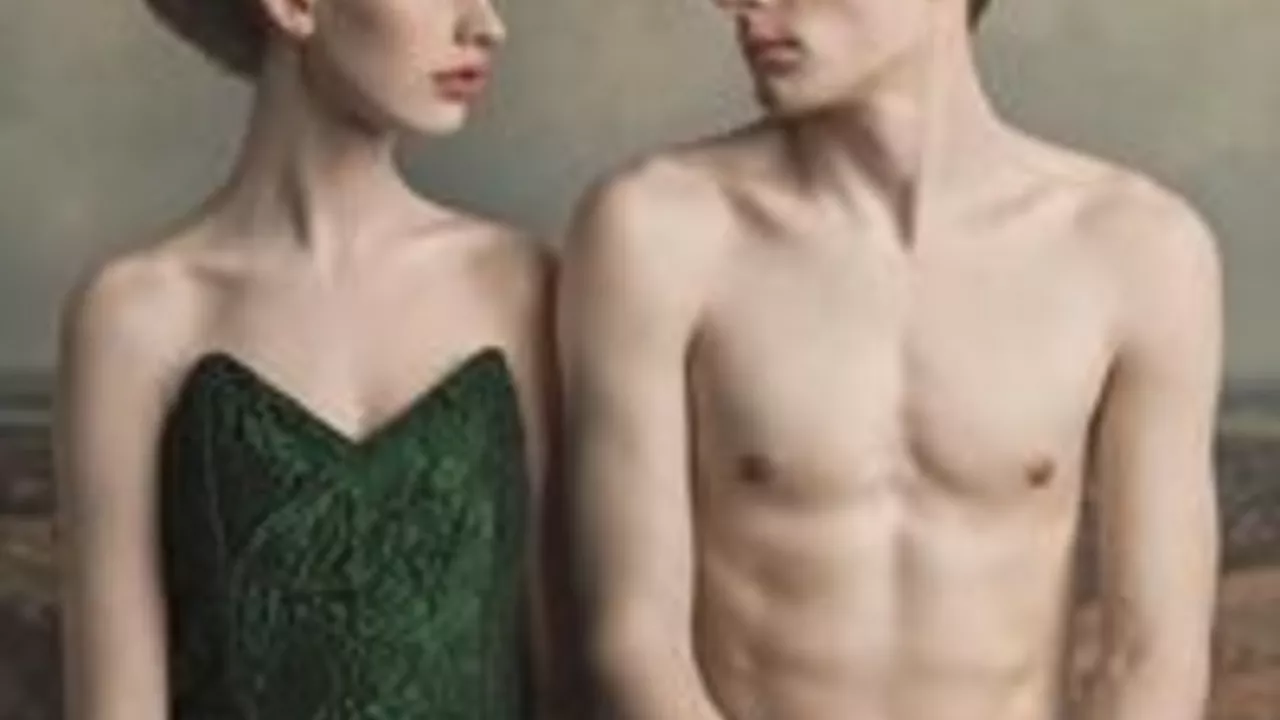
Understanding the Basics of Art
Art, in its most basic form, is a mode of expression. It's a way for individuals to communicate their thoughts, emotions, and interpretations of the world around them. Art can take many forms, from painting and sculpture to dance and music. Each form of art has its own unique characteristics and methods of expression, but all serve the same fundamental purpose: to convey a message or emotion. Art can be abstract, realistic, surreal, or anything in between. The beauty of art lies in its diversity and the fact that it can be interpreted differently by every individual who experiences it.
Defining Fine Art
Fine art, on the other hand, is a subset of art. It's often considered the "highest form" of art, and it's typically associated with classic works of art that have stood the test of time. Fine art includes disciplines like painting, sculpture, and drawing, but it also extends to photography, architecture, and printmaking. The term "fine" in fine art implies a level of craftsmanship and skill that sets these works apart from others. Fine art is often associated with museums and galleries, and it's typically created with the intention of being enjoyed for its aesthetic value and its intellectual stimulation.
The Differences in Creation
One of the key differences between art and fine art lies in the way they are created. Art, in its broadest sense, can be made from anything and by anyone. It's a democratic form of expression that doesn't require any specific tools or materials. Fine art, however, is often created by trained artists using traditional methods and materials. It requires a higher level of skill and precision, and it often takes longer to create than other forms of art. This doesn't mean that fine art is inherently better than other forms of art, but it does require a different set of skills and resources.
Perception and Value
Another significant difference between art and fine art is the way they are perceived and valued by society. Art, in its broadest sense, is often viewed as a form of entertainment or a way to pass the time. It's something that can be enjoyed by anyone, regardless of their background or education. Fine art, however, is often seen as a luxury or a symbol of status. It's typically more expensive than other forms of art, and it's often purchased by collectors and investors who appreciate its aesthetic and monetary value. This difference in perception can influence the way people interact with and appreciate different forms of art.
The Role of Intent
Intent is another factor that separates art from fine art. In general, art can be created for any reason. It can be a way to pass the time, a form of therapy, or a means of protest. Fine art, on the other hand, is often created with a specific intent in mind. This could be to provoke thought, to challenge societal norms, or to create something beautiful for others to enjoy. The intent behind a piece of fine art often plays a significant role in how it's interpreted and appreciated by its audience.
Final Thoughts
In the end, the distinction between art and fine art isn't always clear-cut. Different people may have different definitions of what constitutes art and what constitutes fine art. What's important is that both forms of art have value and deserve to be appreciated. Whether you're a fan of abstract paintings, classical sculptures, or street graffiti, there's no wrong way to enjoy art. The beauty of art, in all its forms, is that it allows us to see the world from different perspectives and to explore new ideas and emotions. And that, in itself, is a beautiful thing.
Comments